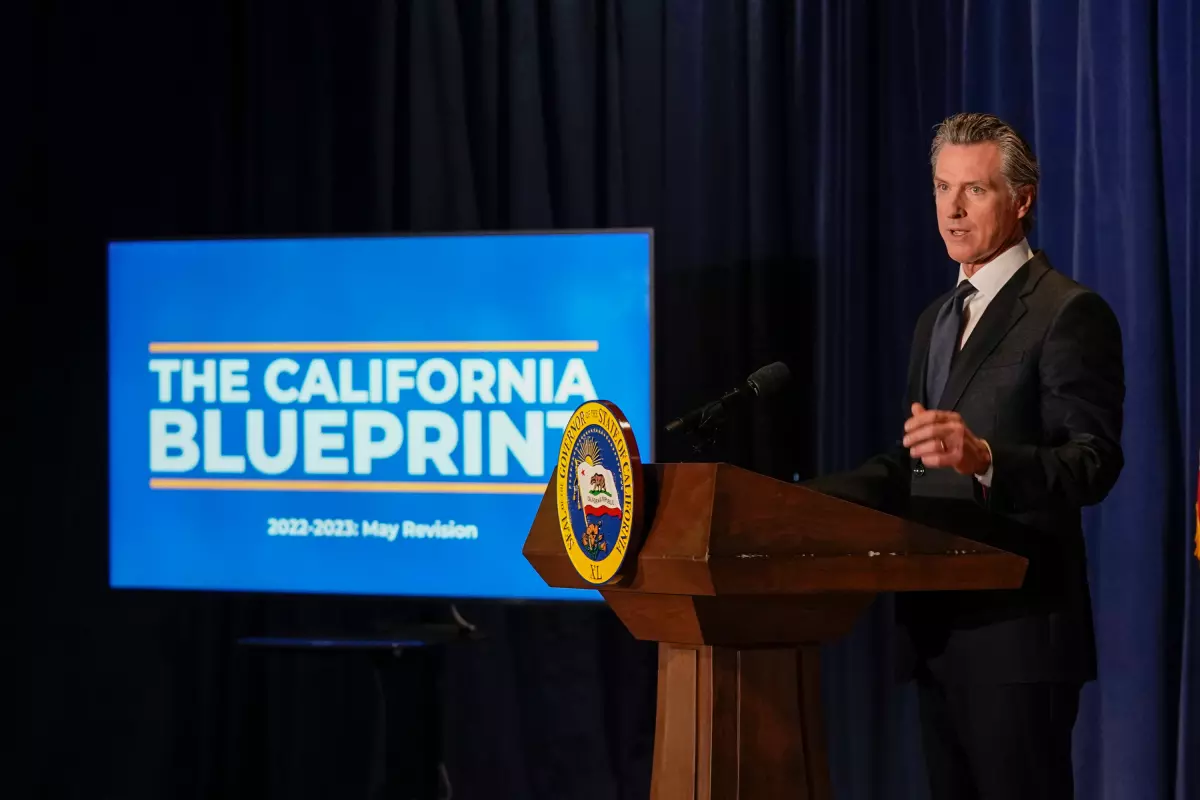California's Healthcare Worker Minimum Wage Law: The Costly Challenge

The Cost Unveiled
When California Governor Gavin Newsom signed SB 525 into law, establishing a groundbreaking minimum wage for healthcare workers, concerns about its fiscal impact were initially veiled in uncertainty. However, three weeks after the bill's enactment, the fiscal repercussions have come to light.
The estimated price tag of this pioneering legislation, which guarantees medical employees a minimum wage of at least $25 per hour, has been revealed to be a staggering $4 billion for the 2024-25 fiscal year alone.
The initial excitement surrounding SB 525, as the first of its kind in the nation, has given way to the stark financial reality. Governor Newsom's administration has projected that this new law will carry a substantial cost of $4 billion in the coming fiscal year.
This considerable sum is set to be divided, with half directly impacting the state's general fund, and the other half to be covered by federal funds designated for providers of Medi-Cal, California's Medicaid program.
An Expensive Legislation
SB 525 now stands as one of the most costly pieces of legislation enacted in California in recent years.
This is particularly significant as the state grapples with a $14-billion budget deficit, which may continue to grow if revenue projections fall short.
The bill, driven by labor unions to alleviate healthcare worker shortages and enhance patient care, was signed into law, even as Governor Newsom has voiced concerns about the state's shaky financial future.
A Fiscal Blind Spot
What complicates the situation further is that lawmakers did not fully account for the potential financial implications when brokering a deal between unions and hospitals to support the bill.
This omission leaves the state in a quandary, contemplating what areas may need to be trimmed to cover these unexpected costs. Governor Newsom vetoed numerous bills in the name of cost savings last month, pointing out the lack of fiscal discipline in the legislature.
Financial Unknowns
The full extent of the financial impact of this wide-reaching minimum wage law remains uncertain. This is due in part to significant amendments introduced to the bill in the final days of the legislative session, which were deemed necessary to secure its passage. Governor Newsom's administration has not yet provided cost estimates reflecting these amendments, further complicating the financial outlook.
Despite these unknowns and Governor Newsom's warnings about California's financial future, the Democrat-controlled Legislature hastened to pass the legislation. The original version of the bill aimed to increase the minimum wage to $25 per hour for all healthcare employees starting January 1. This was estimated to cost up to $8 billion annually, but the fiscal hurdle was cleared, and the legislation moved forward.
Seeking Fiscal Solutions
As California faces a significant fiscal challenge, lawmakers will likely need to draft new bills when the Legislature reconvenes in January to address these financial concerns. Unlike a previous law passed in 2016 that mandated a statewide $15-per-hour minimum wage, the healthcare worker bill currently lacks any mechanism to delay wage increases during economic downturns.
In response to the mounting costs, stakeholders, including labor unions and health-industry leaders, will need to work with the Legislature and the Governor to manage the fiscal impact effectively. The estimated $4 billion expense may fluctuate once the Legislative Analyst's Office releases its annual fiscal outlook later this month.
Ensuring a Strong Healthcare Workforce
Proponents of the legislation view it as an important step in ensuring that California maintains a robust healthcare workforce. They aim to work closely with legislative leadership and stakeholders to account for state budget conditions and revenues. Flexibility and compromise will be key in navigating this critical measure while preserving California's fiscal health.
There is an opportunity to mitigate the cost burden by encouraging hospitals to contribute more to labor expenses. Stakeholders also look to existing revenue sources, such as funds from a tax on managed healthcare organizations earmarked for Medi-Cal providers, to help manage the increased labor costs.
Power of Labor Unions
The healthcare worker minimum wage law will impact large healthcare facilities, independent rural hospitals, and smaller workplaces differently, each subject to varying timelines for wage increases. As California moves forward with this bold initiative, expect further discussions, negotiations, and amendments to address financial concerns, ensuring the state's fiscal health is preserved.
This year has witnessed labor unions making significant strides in the California Legislature, influencing the passage of several labor-backed measures. Their influence is evident, with substantial financial support backing their preferred candidates.
Fiscal Caution
Experts suggest that Governor Newsom may have moved too hastily, given the state's financial unknowns and uncertainties. Amid economic uncertainty and the prospect of going deeper into deficit, careful consideration of financial implications is essential.
Governor Newsom is mandated to present a balanced budget by January 10 of the coming year, even in the face of these unforeseen costs. The ability to balance the budget, particularly regarding revenue projections, remains a focal point in addressing California's fiscal challenges.

